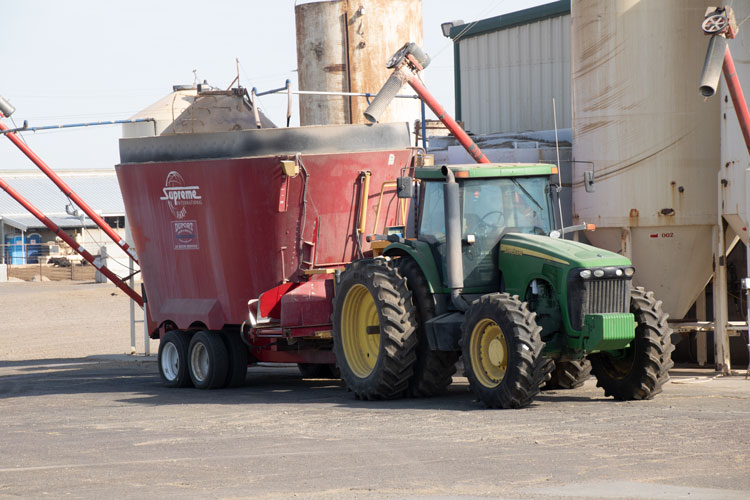
In light of recent events, the dairy industry has found itself needing to get creative with uses for surplus milk, such as spreading it on fields or feeding it back to cows in a total mixed ration (TMR). While it is more comforting to see milk being repurposed rather than dumped, my risk-assessment mindset can’t help but realize that there are other considerations to be made when introducing milk to equipment or areas outside of its normal scope, especially with regard to proper cleaning. One such consideration is the potential for development of biofilms from milk residue, which can threaten future milk quality as well as promote spoilage of TMR.
So, what do we need to consider with regard to milk’s new role? Let’s take a look at a potential scenario.
Milk is an ideal medium for bacterial growth, and forages are home to their own thriving bacterial population; in fact, silage is a veritable breeding ground for B. cereus. The combination of the two in a TMR considerably elevates the potential for spore formation and biofilm development, and the increased number of spores in the environment raises the likelihood that they will result in milk contamination and TMR spoilage, especially in warmer temperatures.
Current guidance from Cornell PRO-Dairy and the University of Wisconsin on feeding back milk suggests bulk tank culturing prior to feeding to determine potential bacterial load. Management strategies should be reconsidered to ensure that if milk is added to a TMR, that residue is not allowed to remain in feeding equipment or in any other place that is not a normal contact surface for milk. Over time, the resulting bacterial residue and spores will continue to make its way back into TMR long after the milk addition has ceased. Increased numbers of spores in the farm environment can also threaten the health of employees, if an opportunistic infection were to occur.
If feeding milk back to the herd is part of your farm’s contingency plan, take a minute to think about all of the places milk will travel other than to the bulk tank and the potential risks of such. Also, clean any containers, pumps, or lines that may be used to transport milk from a bulk tank to feeding equipment. Clean any feeding equipment that has contained milk as thoroughly as possible with a cleaning solution and give extra attention to hard-to-clean spots. As an example, oxygen and water exposure are preferential conditions for Bacillus spores to form, so a quick rinse of water after feeding is insufficient to remove residue. A little extra time may be required, but it will help prevent future issues. If we’re going to get serious about repurposing milk, we have to "B. cereus" about how we manage it.






